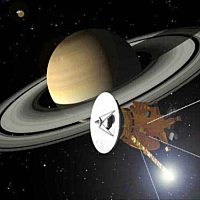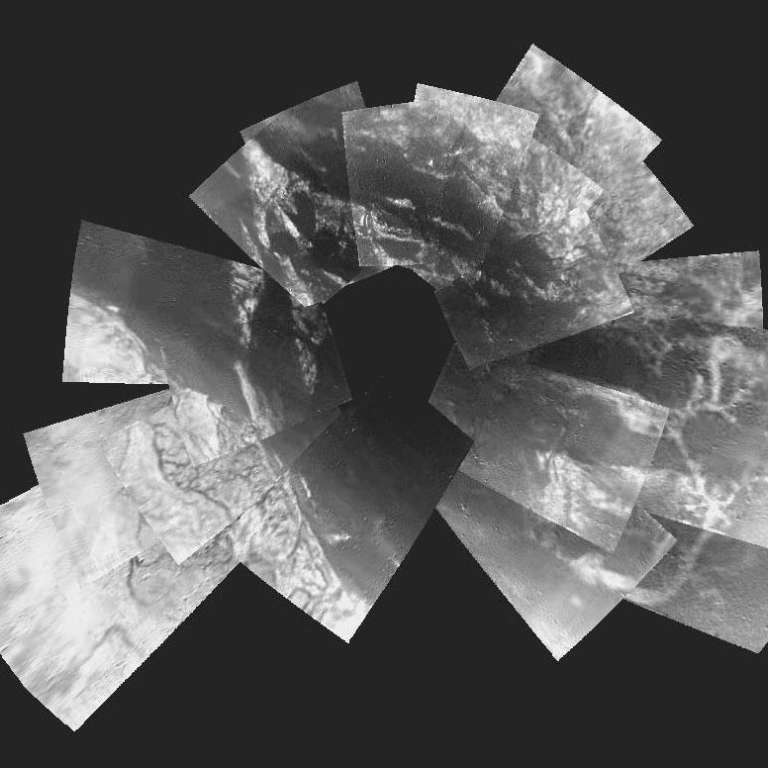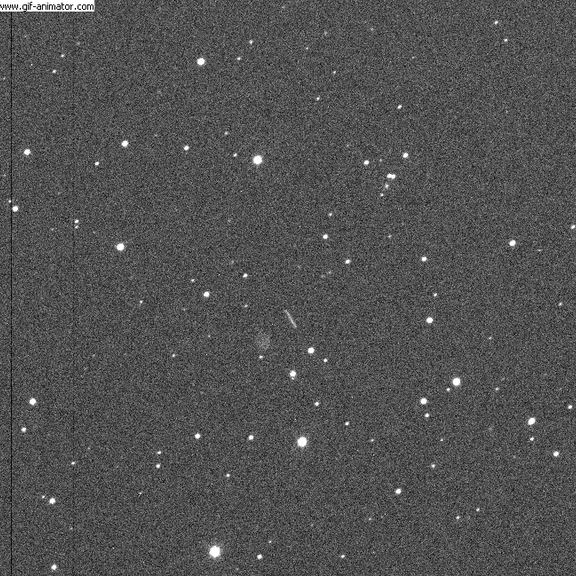All
All
Stories, updates, insights, and original analysis from The Planetary Society.
The Discovery of a Planet, Part 2: Out of the Six-Planet World
Since humans first set their eyes to the stars, they noticed that a few of these bright objects behaved differently from the others. Whereas all the stars moved together, revolving around the Earth once every 24 hours, five appeared to move within the firmament among the other stars. Accordingly, they were named “planets,” meaning “wanderers” in Greek.
The Discovery of a Planet, Part 1: The Blinking Image
February 18, 1930, was a cloudy day at the Lowell Observatory, on top of Mars Hill in Flagstaff, Arizona. 22 year old Clyde Tombaugh was hard at work, peering through the lens of an ancient-looking brass-colored device. The instrument, known as a “blink comparator,” mounted two large photographic plates.
News: Radio Astronomers Rescue Science Results for Huygens' Doppler Wind Experiment
Earth's radio astronomers have saved the day for one of the Huygens instrument teams. Today, the Doppler Wind Experiment (DWE) team announced their first science results, despite losing nearly all of their expected data.
3-D Views of Titan's Surface from Huygens
It's been close to a month since Huygens descended to the surface of Titan. Many visitors to this website have expressed impatience with the pace of the release of images from the Huygens cameras, a feeling that is no doubt shared by space enthusiasts around the world who are eager to see refined views of the alien surface of Titan.
They Were the First, and the Last, to Hear from Huygens
On January 14, 2005, the eyes of the world were on the European Space Operations Centre in Darmstadt, Germany, where Huygens mission operators were anxiously awaiting news from Huygens. Would the little probe -- a mission built in seventeen countries, more than twenty years in the making -- be a success, or would it prove a repeat of the heartbreaking silence of Beagle 2?
Huygens' Descending View of Titan
Scientists from the Huygens Descent Imager Spectral Radiometer (DISR) team have released their first mosaic of images captured during Huygens' descent. The mosaic is composed of 30 images captured by the Medium Resolution Imager of Huygens' Descent Imager Spectral Radiometer while the probe was spinning and descending toward Titan.
Raw Images from Huygens
In the 48 hours since Huygens' data first began streaming back to Earth, a few processed images of the channeled landscape and bouldery landing site have been released to the public. Now, the Descent Imager Spectral Radiometer team at the University of Arizona has put all of Huygens' images online for the public to view.
Huygens blog: "It's impossible to resist the speculation."
After a mere twelve hours of work, all six of the science teams on Huygens were able to report results this morning. You could easily tell the difference between the administrators and the scientists on this morning's press panel: the administrators looked bright, fresh, and well-rested, while the scientists looked decidedly weary.
New Images from the Huygens Probe: Shorelines and Channels, But an Apparently Dry Surface
This image brought applause from everyone at the European Space Operations Centre, Darmstadt, Germany.
Huygens landing day live blog
A frequently updated blog with the tumultuous events of Huygens' landing on Titan.
Huygens blog: "This is probably not the best day to speculate."
Anticipation here at the European Space Operations Centre (ESOC) is rising to a fever pitch. The full complement of more than a hundred scientists are here from all over Europe and the U.S.; they are running around, greeting each other, getting ready for the long-awaited data.
Huygens blog: It's going to be great!
In two days, it'll all be over; for better or worse, Huygens will have hit the ground on Titan, and back on Earth we'll be waiting to see whether the data will be returned. Today, I arrived at ESA's European Space Operations Centre (ESOC) in Darmstadt, Germany.
No Longer Boring: 'Fireworks' and Other Surprises at Uranus Spotted Through Adaptive Optics
Uranus has the unfortunate reputation of being the most boring planet in the solar system. But where it appeared to be a nearly featureless, hazy blue ball to Voyager 2, it is now blooming dozens of clouds that are visible to the sharp-eyed Keck II Telescope.
Close Your Left Eye, Then Your Right: Simultaneous Observations of Asteroid 4179 Toutatis from Two Chilean Telescopes Demonstrate Parallax
This morning, asteroid 4179 Toutatis was so close to Earth that simultaneous observations from two telescopes in the same country could show parallax that is obvious even to the least experienced observer. The two telescopes belong to The European Southern Observatory and are located at La Silla and Paranal in Chile
Very Close Approach by Asteroid 4179 Toutatis: It's Not a Crisis, It's an Opportunity
On Wednesday, September 29, Earth will dodge a cannonball: the Near-Earth Asteroid known as 4179 Toutatis will buzz by at a distance only four times the distance from the Earth to the Moon -- about one and a half million kilometers, or about a million miles. But, as the wisdom goes,
Updates from Past Recipients of the Shoemaker NEO Grants (16 April 2004)
2003 was a good year with 50,779 asteroid astrometric observations submitted, including known NEOs and the discovery of a new Aten-class object, 2003 UY12. Based upon the volume of astrometric observations submitted, observatory code 683 was the world's eighth most productive asteroid astrometry station.
NASA Names Gusev Crater Hills After Apollo 1 Crew
NASA Headquarters issued a press release late yesterday announcing that the agency is memorializing the Apollo 1 crew -- Gus Grissom, Ed White and Roger Chaffee -- by naming the hills surrounding the first Mars Exploration Rover Spirit's landing site after the three astronauts.
Opportunity Scores "A 300-Million-Mile, Interplanetary Hole-In-One"
Although it did appear from the very first images returned that the second Mars Exploration Rover had landed inside a small crater when it arrived at Meridiani Planum last Saturday night, that belief was confirmed with further analysis yesterday.
Spirit is "In Recovery"
Spirit stopped transmitting good data last Wednesday, but never went silent. It continued communicating with the MER team and returning good information with which the team is now working.


 Explore Worlds
Explore Worlds Find Life
Find Life Defend Earth
Defend Earth


 Sun
Sun Mercury
Mercury Venus
Venus Earth
Earth Mars
Mars Jupiter
Jupiter Saturn
Saturn Uranus
Uranus Neptune
Neptune Small Bodies
Small Bodies








